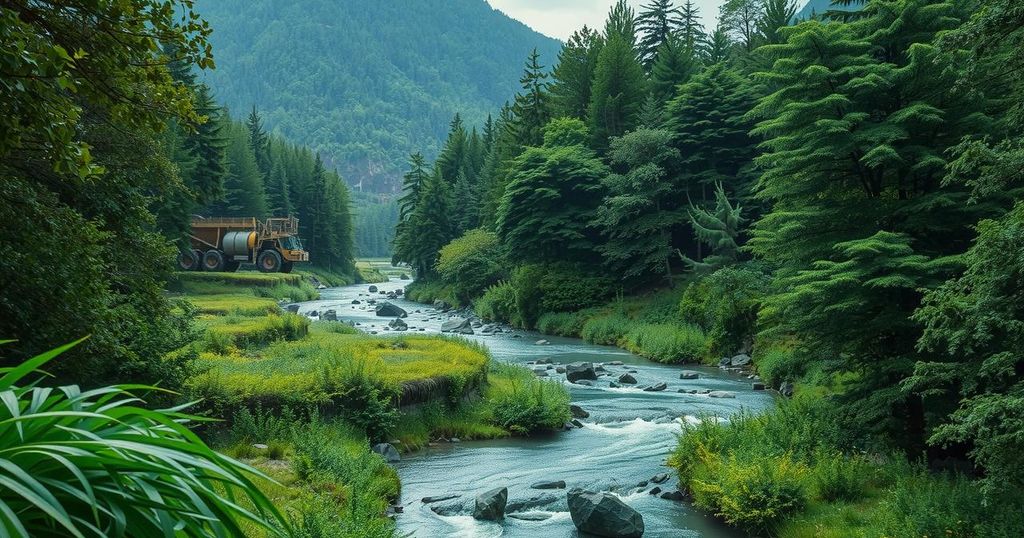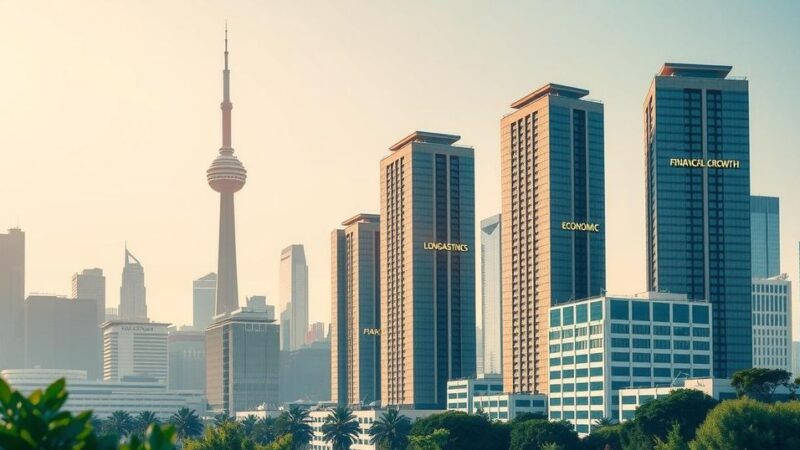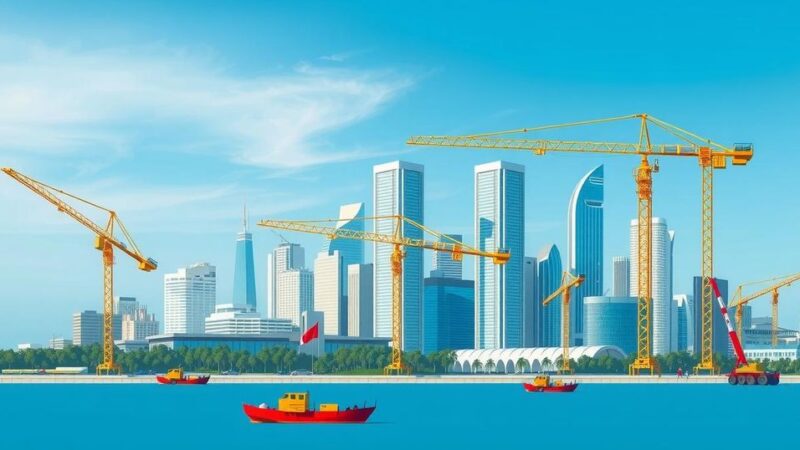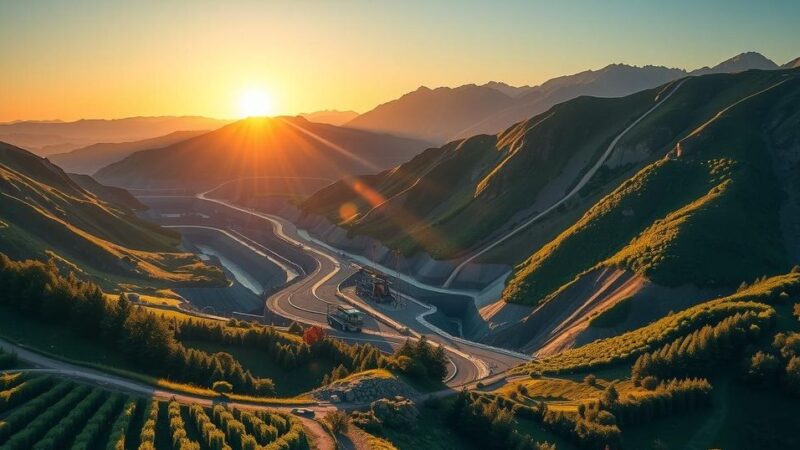The Okapi Wildlife Reserve in the Democratic Republic of Congo is undergoing rapid destruction due to Chinese mining operations, which breach environmental laws and jeopardize local biodiversity. Kimia Mining’s industrial practices, including mercury use, have severe implications for community health and agriculture, while poaching increases as wildlife declines. This reflects broader patterns of exploitative resource extraction in the region, threatening both ecological and human well-being.
In the Democratic Republic of Congo’s Ituri province, environmental devastation is accelerating as Chinese mining corporations systematically dismantle the Okapi Wildlife Reserve, a UNESCO World Heritage site known for its unique fauna. The operations, conducted without adherence to global protection norms or Congolese law, have transformed the lush environment into an industrial complex operated by Kimia Mining Investment, demonstrating a broader trend of resource exploitation throughout Africa, even in protected areas.
The operations occurred under dubious redefined boundaries of the reserve, initially designated as off-limits for mining. Such alterations were made under unclear circumstances, facilitating Kimia Mining’s encroachment. The ICCN, the authority governing the reserves, insists that the original boundaries should be upheld, challenging the legitimacy of the new map claims.
The repercussions of such destruction go beyond mere deforestation. Former workers have revealed alarming practices, including mercury usage in gold extraction that contaminates water sources and soil. The resulting hazardous environments not only jeopardize wildlife but also severely impact agricultural output, crippling local communities reliant on farming.
The Okapi Wildlife Reserve is currently under severe threat, housing a significant population of okapi, the species facing heightened risks due to mining. Reports indicate a rise in poaching activity, as local hunters struggle to find game, transforming the reserve from a sustainable ecosystem to an industrial wasteland.
This situation reflects a larger trend in Chinese resource exploitation in the DRC, highlighted by the recent arrest of 17 Chinese nationals involved in illegal gold mining in South Kivu Province. Such activities underscore the pervasive issue of unauthorized operations lacking environmental oversight, further harming both ecological and human conditions in local communities.
The human toll of these mining activities is substantial. Traditional livelihoods dependent on mining and agriculture are vanishing, and exorbitant fees imposed by Kimia Mining to access residual materials exacerbate poverty. This scenario illustrates a broader pattern echoed in the controversial Sicomines agreement of 2008, which fell short on its infrastructural promises in exchange for mining rights.
From January to May, over 480 hectares of forest—equivalent to 900 football fields—vanished from the reserve. Such destruction endangers biodiversity and poses risks to global climate stability, given the significance of the Congo Basin rainforest as a major carbon sink. Claims of adherence to environmental standards by Kimia Mining appear disingenuous, as indicated by a spokesperson’s assertion that Congo “cannot place a higher value on the environment than on mining.”
The Democratic Republic of Congo is rich in natural resources, particularly in its protected areas. However, this wealth attracts significant international interest, leading to exploitation by foreign companies. The Okapi Wildlife Reserve is just one example where resource extraction has conflicted with conservation efforts, threatening local ecosystems and communities.
In summary, the Chinese mining operations in the Okapi Wildlife Reserve exemplify an alarming trend of environmental degradation and social disruption within the Democratic Republic of Congo. The redefinition of protected boundaries, coupled with hazardous mining practices, endangers local wildlife and compromises the livelihoods of surrounding communities. Urgent action is needed to uphold conservation standards and protect both the environment and local populations.
Original Source: allafrica.com






